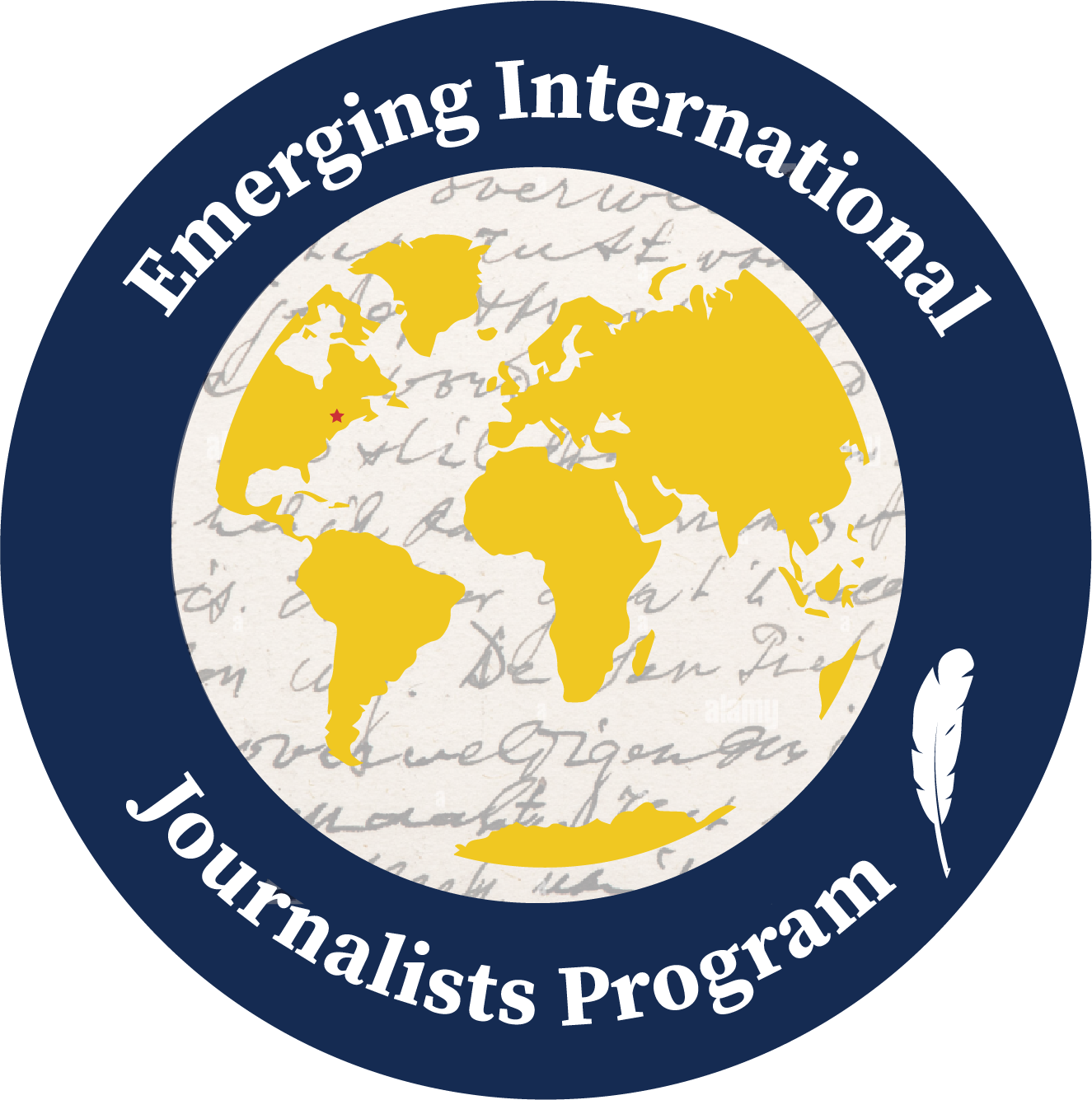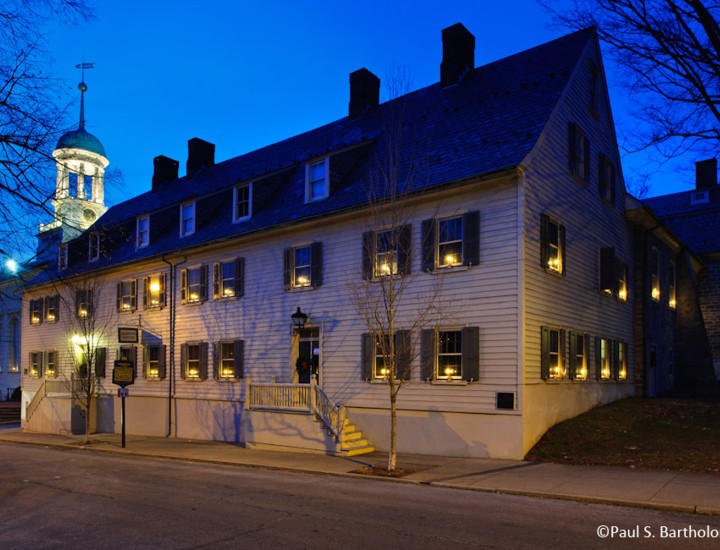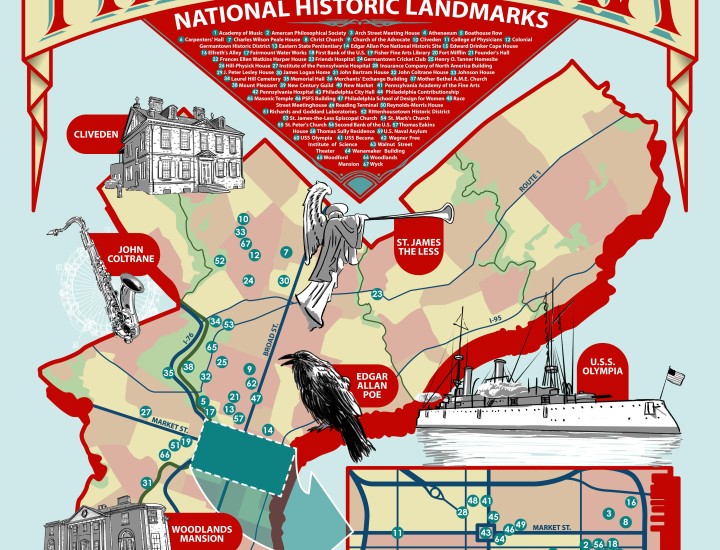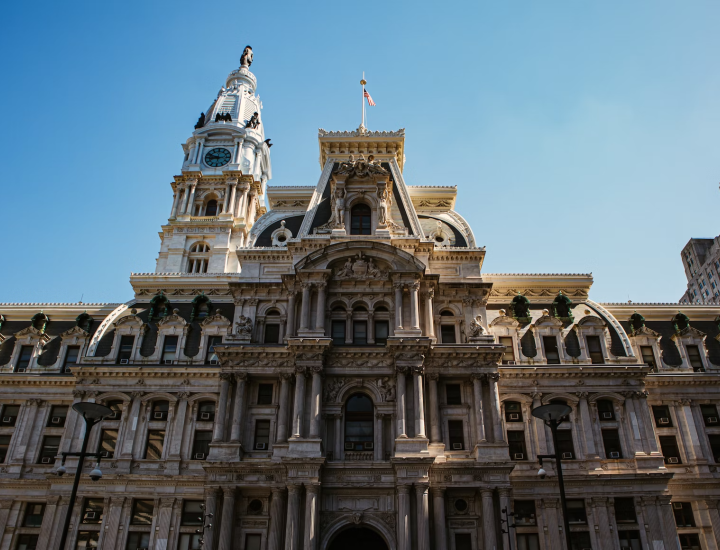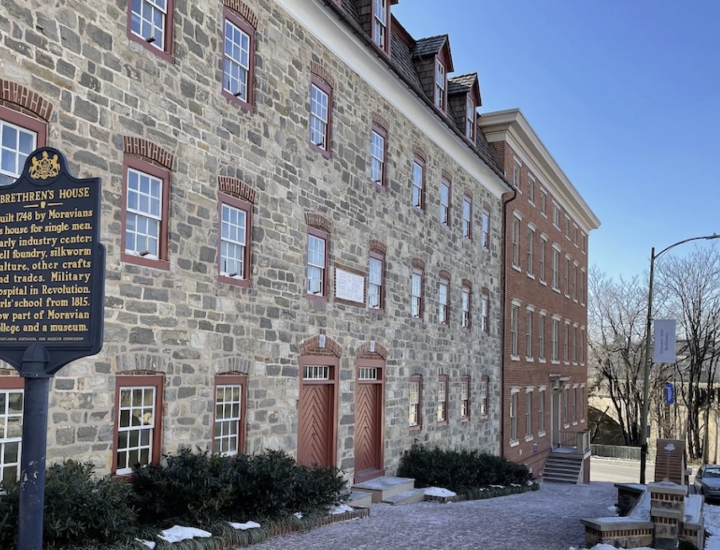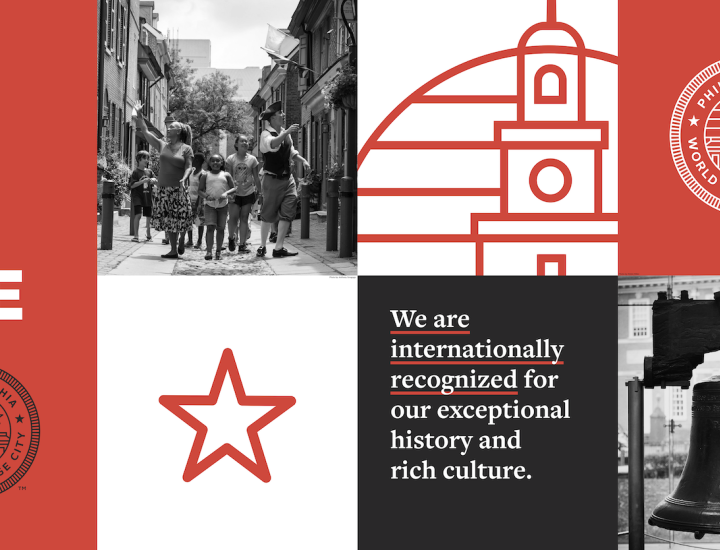UNESCO names 26 new World Heritage Sites for 2025
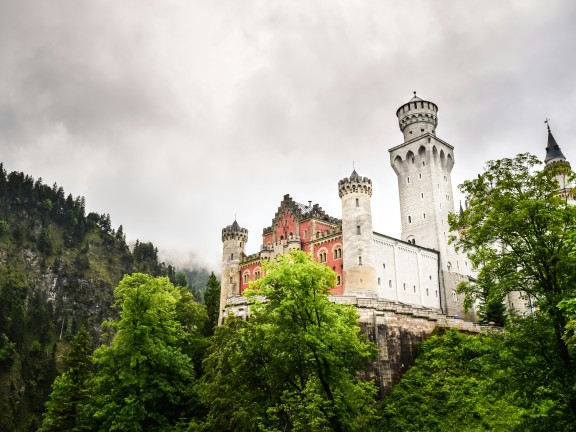
UNESCO has added 26 new cultural and natural sites to its World Heritage List — an internationally protected designation recognizing places of global historical significance, the World Heritage Committee announced during its 47th annual session in Paris.
The newly-inscribed locations span five continents, with each one located in a different country. Additions to the list this year include imperial tombs from the Xia dynasty in China, prehistoric sites in Iran and Russia, a biodiverse archipelago in Guinea-Bisseau and Germany’s Neuschwanstein Castle, among others.
The World Heritage List now features 1248 sites in 170 countries, according to a July 17 press release from UNESCO. Although the committee did not select any locations in the United States this year, there are currently 26 from the country featured on the list — including Philadelphia’s Independence Hall. Most recently, the Moravian Church Settlements in Bethlehem, Pennsylvania, were added to the list in 2024.
“For the new sites inscribed this year, this notoriety comes with a great responsibility: that of keeping alive, protecting and promoting this exceptional heritage,” Audrey Azoulay, UNESCO’s director-general, said in the release.
In order to be considered, World Heritage Sites must have “outstanding universal value” — or “cultural and/or natural significance which is so exceptional as to transcend national boundaries,” according to UNESCO’s definition. Housing a World Heritage Site is also one of the requirements to receive recognition from the Organization of World Heritage Cities.
According to Thursday’s release, these new inscriptions reflect several of the committee’s current priorities — including selecting sites with local community support, prioritizing African heritage initiatives, recognizing remembrance sites and acknowledging collective prehistory.
This year, UNESCO evaluated 32 nominations. Of the 196 member countries in the World Heritage Convention, 189 have a “tentative list” of potential sites for future inscription. The U.S. currently has 17 locations on its list — including Ellis Island in New York, Big Bend National Park in Texas and the Mariana Trench in U.S. waters of the Pacific Ocean.
UNESCO’s next annual World Heritage Committee session will occur in Busan, Republic of Korea, the release states.
For those interested in learning more about these 2025 inscriptions, Global Philadelphia Association has compiled information on some of these new sites. Among them are:
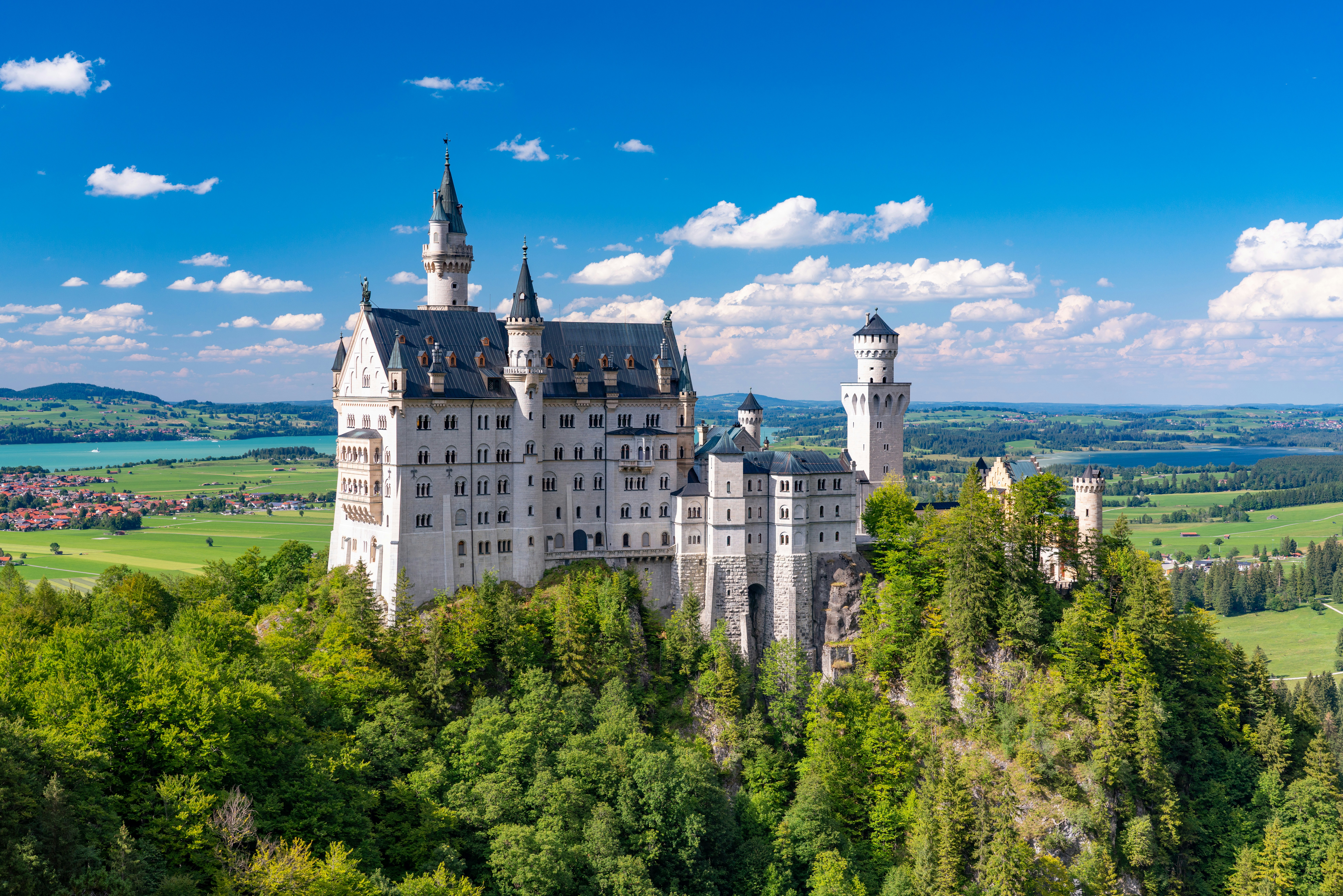
Neuschwanstein Castle — Germany.
Described as one of Germany’s most famous tourist destinations and one of the most visited castles in Europe, Neuschwanstein Castle is a 19th-century palace jutting out of the picturesque Bavarian Alps. Though built in the 1800s, some of its architectural inspirations include medieval Bavaria and German fairy tales, according to UNESCO.
The castle, built for King Ludwig II of Bavaria, was one of four of the monarch’s properties added to the list this year — along with Linderhof, Schachen, and Herrenchiemsee. Today, Neuschwanstein welcomes around 1.4 million tourists a year, according to its website.
Due to its fairytale-like quality, the castle also famously served as inspiration for Sleeping Beauty’s castle both in the Disney film and at Disneyland in Anaheim, California.
Khorramabad Valley Prehistoric Sites — Iran
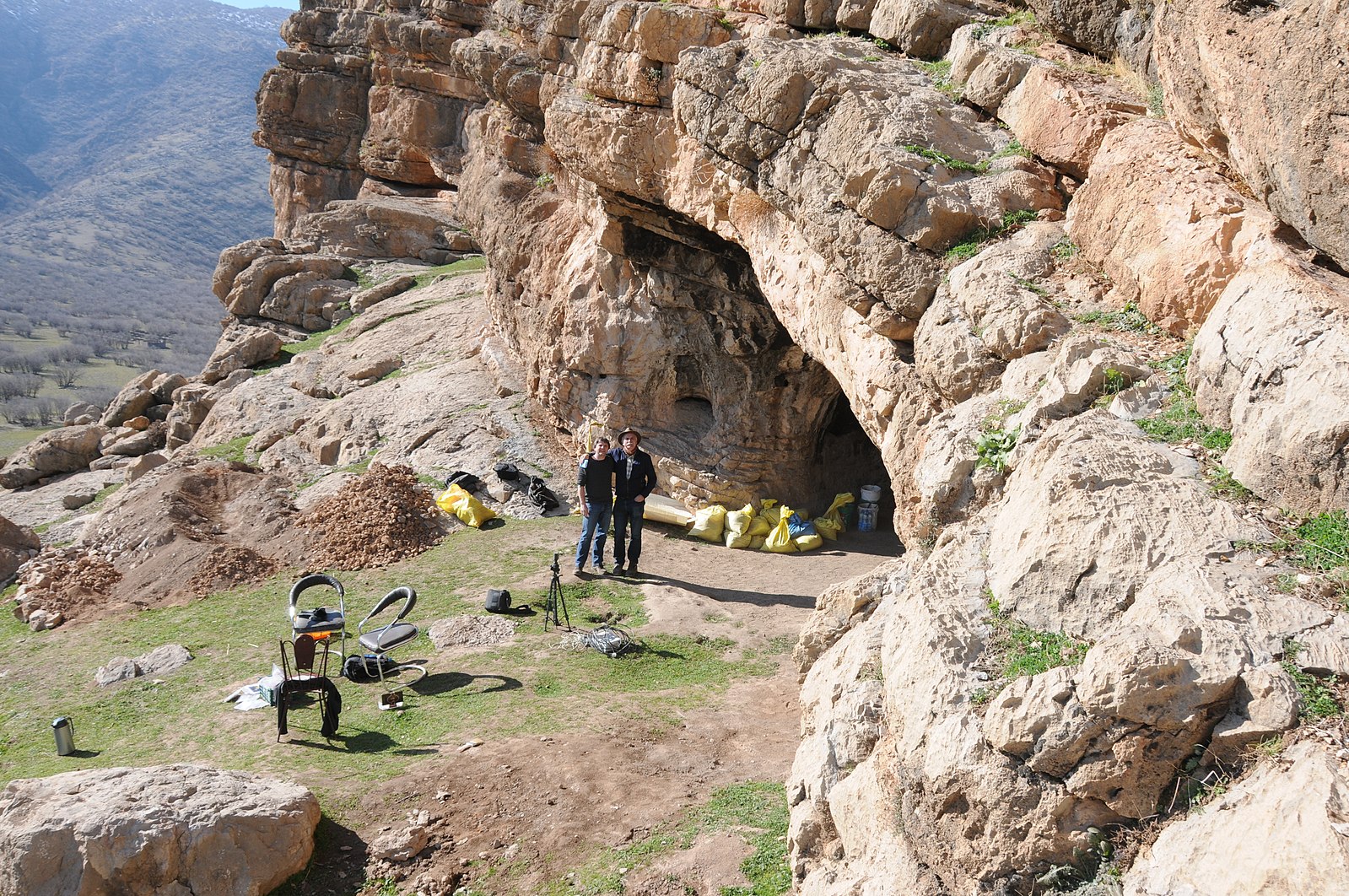
The Zagros Mountains — a range that spans parts of Iran, Iraq, and Turkey — were home to some of the region’s earliest human settlements, with evidence of habitation dating back to the Lower Paleolithic period. Traces of these early humans still exist in Iran’s Khorramabad Valley, a rocky, mountainous landscape where prehistoric etchings remain hidden in its caves.
The area shows evidence of human occupation dating back 63,000 years and is linked to early migrations from Africa to the Middle East, its UNESCO description reads. Archaeologists have uncovered ancient tools and artifacts throughout the valley, which “holds significant potential for future archaeological discoveries.”
UNESCO identified five specific sites within the Khorramabad Valley for its inscription — Yafteh, Ghamari, Kunji, Gilvaran and Gar Arjeneh, Archeology News reported. Several other prehistoric locations also made the World Heritage List this year.
Memorial Sites — Cambodia
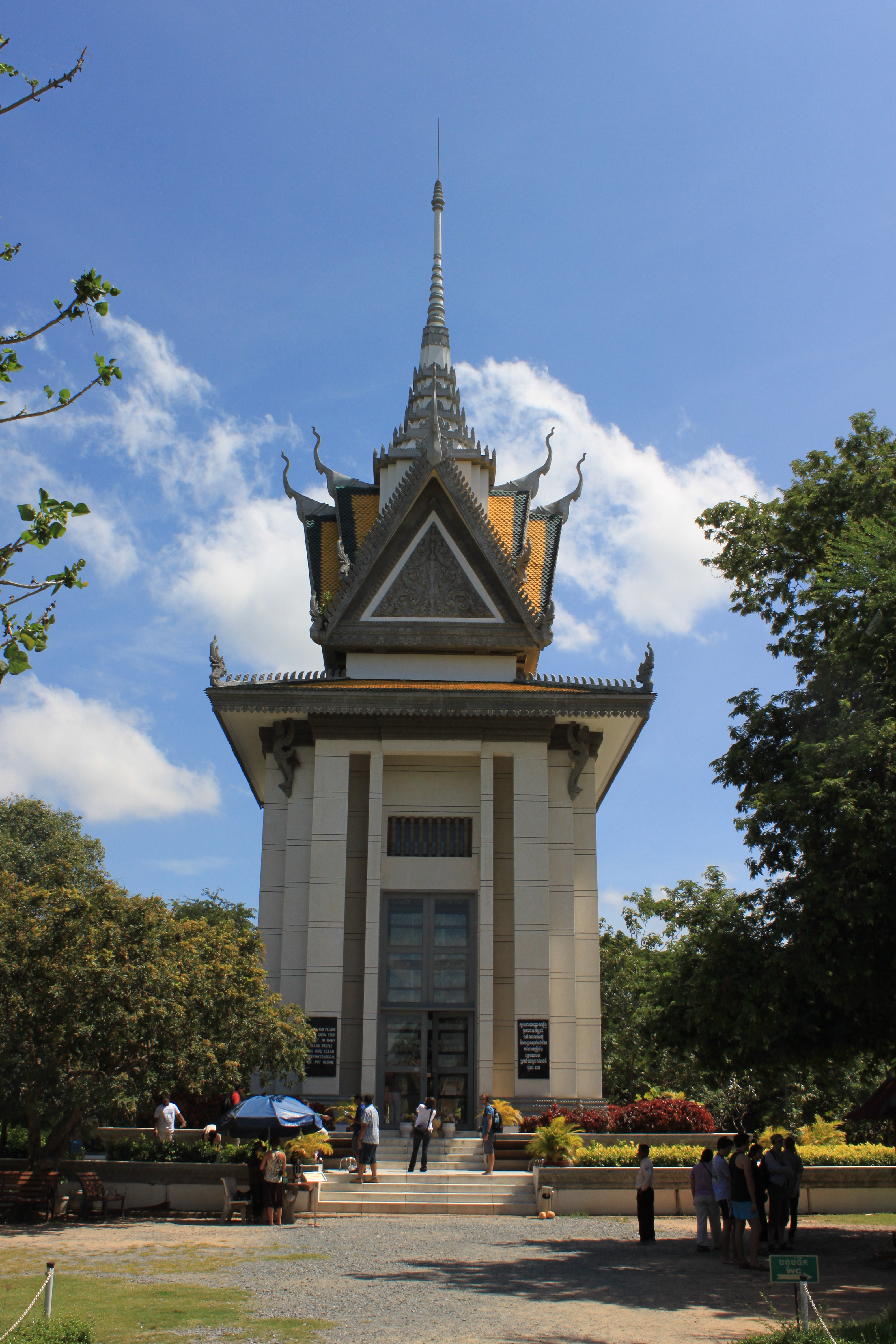
The three memorials in Cambodia that received World Heritage Site status commemorate those killed during the Cambodian Civil War and under the subsequent rule of the Khmer Rouge, the communist regime that controlled the country from 1975 to 1979. The military group’s violence killed an estimated 1.5 to 3 million people, a period now known as the Cambodian Genocide.
Cambodia has preserved three sites where the Khmer Rouge committed much of their abuse and converted them into memorials — now World Heritage Sites. These include the former M-13 prison, the S-21 prison (now the Tuol Sleng Genocide Museum) and the S-21 execution site (now the the Choeung Ek Genocidal Center).
In a June 26 UNESCO article, Sardar Umar Alam, head of the Cambodia office and the country’s UNESCO representative, said converting these sites into memorials and educational museums helps “transform sites of trauma into spaces for learning and healing.”
Gola-Tiwai Complex — Sierra Leone

The Gola-Tiwai complex refers to multiple natural sites in the south-east of Sierra Leone. The region includes the Gola Rainforest National Park, Tiwai Island Wildlife Sanctuary and part of the Upper Guinean Forest — all of which are known for their biodiversity, according to UNESCO.
Out of its over 1,000 plant species, 113 can only be found in Gola-Tiwai, UNESCO reported. It’s also home to 448 types of birds, 55 mammal species and several globally-threatened animals — including the endangered African Forest Elephant, Pygmy Hippopotamus and the White-necked Rockfowl.
UNESCO described the newly-inscribed region as having “high conservation value and ecological integrity” due to its “vital habitats and ecosystem services.” Gola-Tiwai was one of many African sites added to the list in 2025 — others being in Cameroon, Malawi and Guinea-Bissau.
Colonial Trade Isthmus — Panama
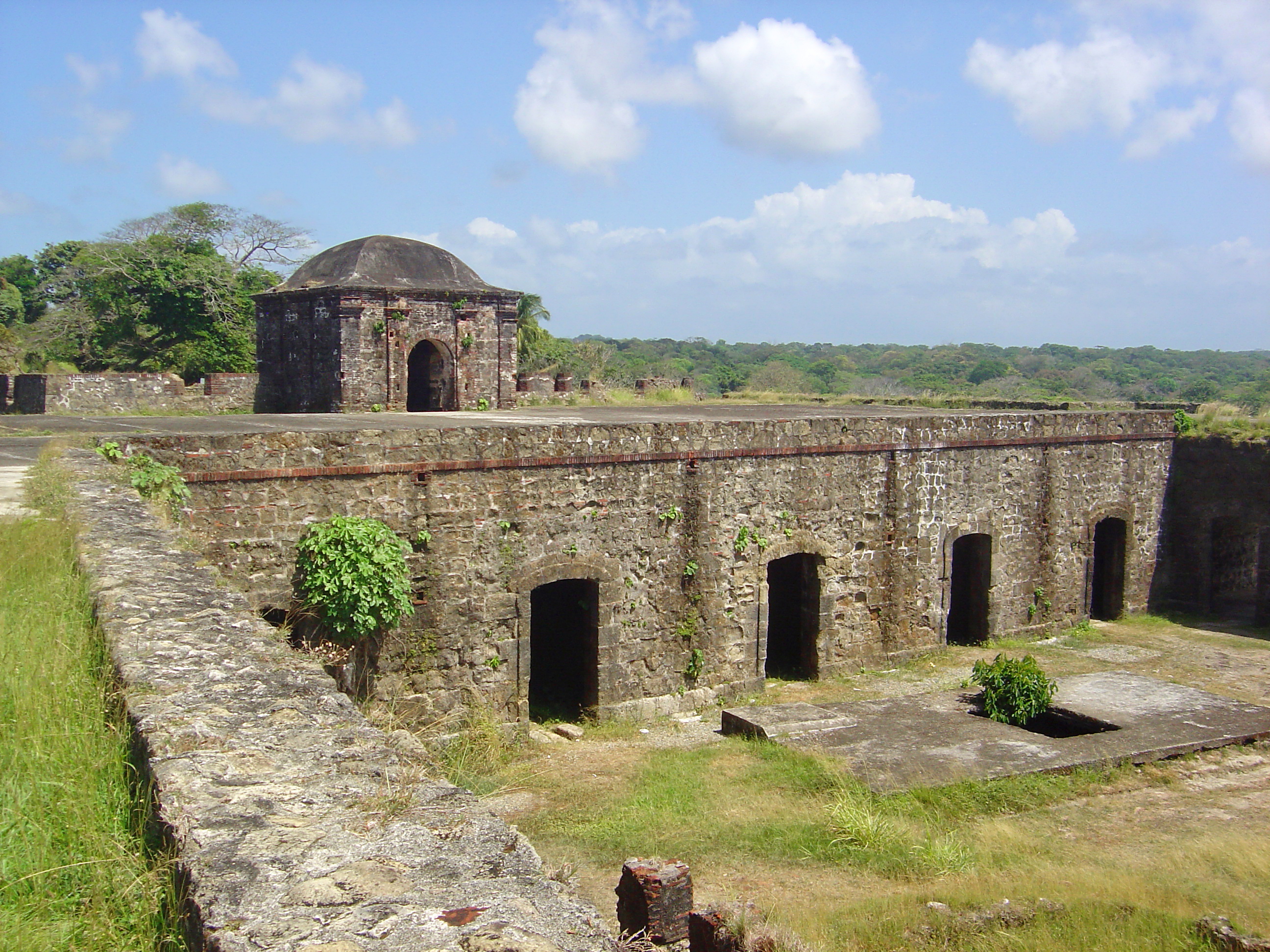
During its colonial history, the country of Panama itself became a hub for trade between the Kingdom of Spain, the Caribbean Sea and Spain’s colonies in the Pacific Ocean — including the Philippines and the Canary Islands. Due to this legacy, the isthmus is peppered from coast to coast with 16th-century settlements, roads and other archeological sites.
The locations included in its inscription are the Castle of San Lorenzo, several stretches of the Camino de Cruces, the Panama Viejo archeological site and historic district of Panama City. The Spanish transported goods from its several colonies as well as enslaved people through the isthmus before reaching the Pacific.
Panama continues to play a role in connecting trade routes between the Atlantic and the Pacific. Today, an estimated 510 million tons of cargo passes through the Panama Canal — which Panama continues to own and operate — PBS reported.
